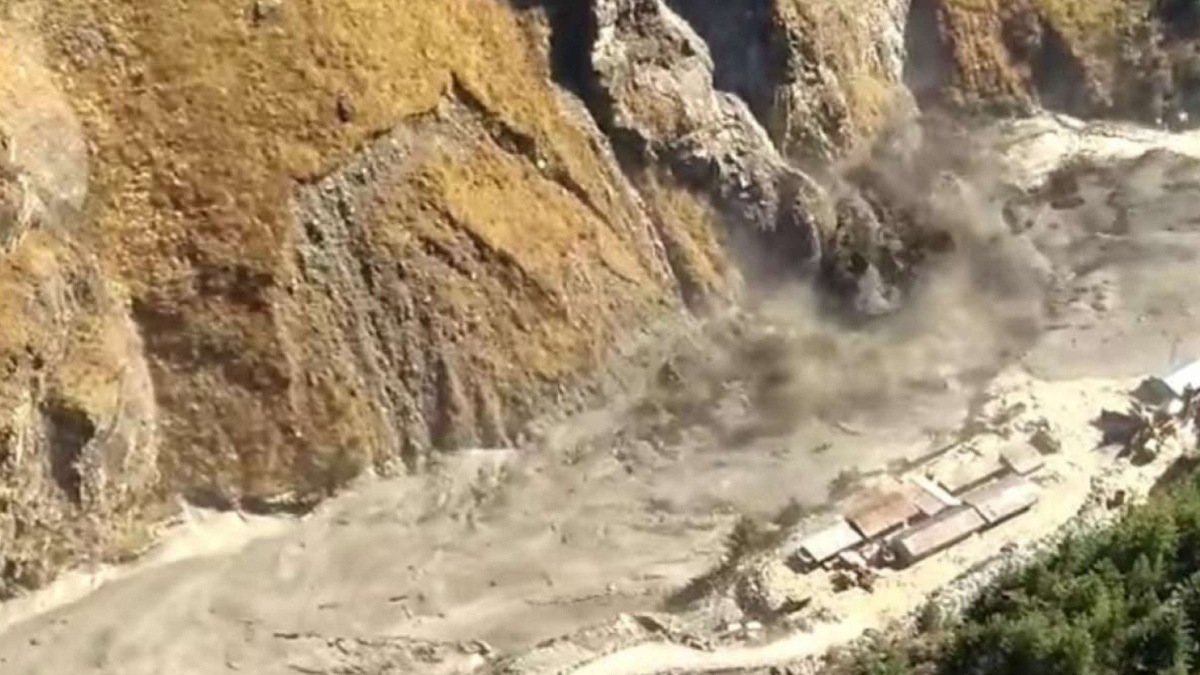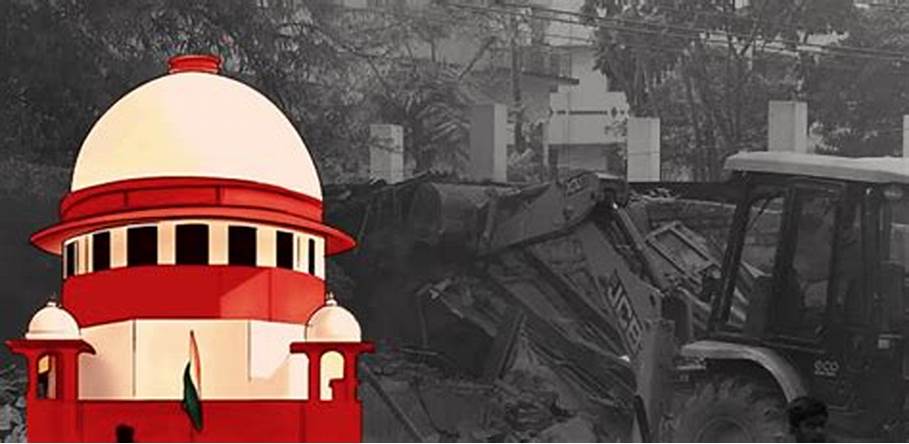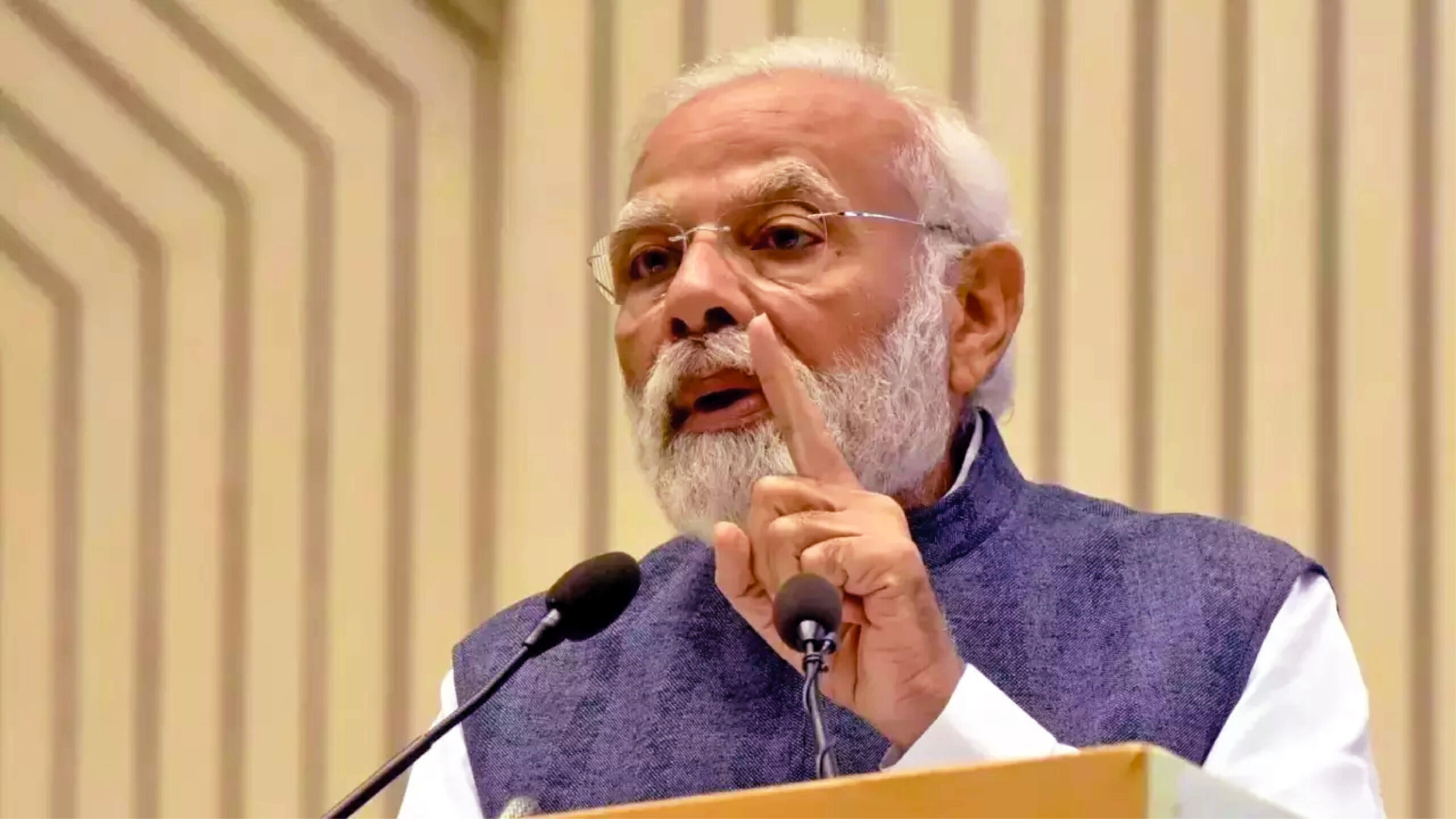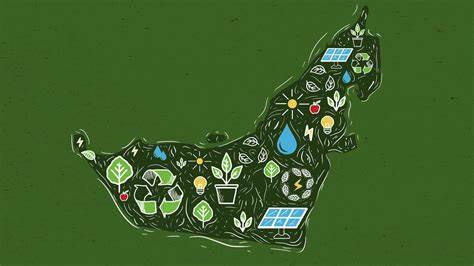
Dharmo rakshati rakshita vruksho rakshati rakshitah.
— The Mahabharata
So long as this land will have mountains, forests and pastures; that long will the Earth survive, sustaining you and the coming generations.
— Devistotra
There is a broad societal consensus favouring economic growth in India. This will surely require more investments, with a special emphasis on infrastructure. Around $778 billion of infrastructure investments are expected by 2022, principally in energy, roads, urban infrastructure and railways.
However, even as faster economic growth resumes post-Covid, there are other emerging trendlines—for clean air and water, for reduction in plastic waste and pollution, for choice of foods free from pesticides and fertilizers, for improving the efficiency of domestic cooking and lighting, for the closure of coal mines and coal traffic, for urban forests grown with native dryland species, for access to parks and wildlife, for adventure sports in the wilderness—in sum, for more qualitative improvements in life, instead of unidimensional growth.
All this is occurring in a global climate where opinions are favouring the same or similar motives elsewhere in the world, spurred by concerns of the quality of life and climate change.
India has a tradition of respecting nature and a deeply-felt thirst for conservation. The nation has witnessed the saving of the 400-year-old banyan tree in Sangli from road construction, the burying of power cables to save the last Great Indian Bustards in Rajasthan, the protest by monks and the scrapping of the Nyamjangchu hydro project in Zemithang, Arunachal, to save the black-necked crane and the associated pilgrimage sites of the Monpas, the increasing use of turtle excluder devices by fishermen off the coast of Odisha, the recently popular moves to save the Raika forest in Jammu—stories with a universal concern, spreading across the landscape. All these initiatives are deeply rooted in Indian heritage. Even the Supreme Court was moved to state, when reviewing the Krishna Goverdhan road project in Mathura, “You can’t fell thousands of trees… in the name of Krishna!”
India’s ancient faiths revere nature as prakriti. India’s past has taught many communities about the link between forests and water. The deep link between Indic tradition and nature needs no interpretation. It suffuses how we live with nature and value non-human life. The two quotations at the start make this crystal clear.
I would aver that the exhortation ‘Vande Mataram’ is quite similar in spirit to ‘Bharat Mata Ki Jai,’ which idealises the nation as Divine Mother. The Prithvi Sukta of the Atharva Veda also states unambiguously, “Earth is my mother, I am her child.” This sacred geography should surely be protected from injury, as the same Veda states, “Let what I dig from thee, O Earth, rapidly spring and grow again. O Purifier, let me not pierce through thy vitals or thy heart.”
Why are we then fighting these developments and our heritage and deep religious traditions? Why do we target 100% environmental clearance of investment proposals? Surely there are good and bad projects, as there are good and bad project promoters? We must offer timely clearance to the good ones, modify those seeking short-cuts (i.e., environmental arbitrage) through access to sensitive and often protected public lands, without plans for disposal of muck and wastes, and publicise the reasons for declining the rest. Proper environmental scrutiny should help avoid economically unviable projects.
THE REVERSAL
Nature is also signalling such a course correction. The most recent debacle, which took place on 7 February at Tapovan in Chamoli, repeat events which happened in 2011 and 2013, showing that we would have been better off with an unblocked valley. If the two dams and roads had not been developed repeatedly so close to the glacier, which itself is suffering from climate change, many lives would have been spared, besides saving funds which are now locked up in useless projects. The free flow of the water in an unconstrained and uncontaminated riverbed would have also resulted in reduced flooding and siltation at Reni and downstream.
Can India commit to not develop projects near glaciers and other water sources, at very high altitude or in fragile zones? To have more robust and authentic environmental impact assessments (EIAs) and public hearings, instead of doing away with them or reducing them to a pro-forma farce?
Some 70-odd hydro projects, amounting to 9,000 MW of power capacity (two-thirds not built yet), are envisaged for the Gangetic basin alone, which would affect nearly 80% of the river, denying its natural flow in the lean season. The villagers of Reni had previously complained about road construction and dumping of waste in the river, but to no avail. The Supreme Court had stopped the dam construction following the 2013 debacle, but this was not followed through.
We learn that in the Indian Himalayas, around 10,000 glaciers are receding at a rate of 100 to 200 feet (30 to 60 metres) per decade. The runoff can form glacial lakes which can then burst their banks in a spectacular and destructive fashion. Everywhere in the state, roads are being built regularly without geological surveys, embankments (pushtas) or water channels, which is, quite appropriately, called ‘cutting’. And so it is—the cutting of mountains, the covering over of springs, the reverse of what experience and logic have taught us.
Some of this road-building activity is necessary for roads on the borders. But elsewhere, it is for the 800 km Char Dham project, which has attracted the flak of the Supreme Court for willfully flouting environmental guidelines. The Court has since reduced the width of the balance roads being constructed.
Enough people over a thousand years have made these glorious pilgrimages as they are meant to—on their feet, with no concern for worldly life or the comforts of highways and choppers. They were sure of the God who lived in the snowy mountains, though often uncertain, if their next arduous march would not be too much for their frail bodies and unused, plains hearts singing ‘Jai Badri Vishal.’ Each stage in that fifty-stage purgatory was for them a milestone passed on the way to salvation, and till very recently, one could still count off the stages to Badrinath by the degree of rapture that shone on the faces of the pilgrims of the ancient bridle track.
To facilitate the expansion of the Dehradun airport in Uttarakhand, the state has decided to denotify the entire Shivalik Elephant Reserve over 5,000 sq km to clear a smaller proposal for the acquisition of 87 ha of forest land. Many defence reasons are typically touted for the development of this project: the proximity to the border, the need for night flights, to support the Chinook helicopters and defence needs at Kedarnath. As the Central Ministry has done correctly, it would be far better to think critically, as none of these reasons stands scrutiny. There are no defence needs at Kedarnath, Chinooks are already able to use the existing airport and the Jolly Grant airport has surplus capacity.
Instead, there should be routine commercial traffic studies for estimating the expansion needs for this airport for the next 20 years, as well as the development of alternatives, including a greenfield airport development below Haridwar to accommodate future traffic. Given the ecological importance of the forest to be axed in the Shivalik-Himalaya connector and the existing use of this forest by elephants, surely we can develop projects with alternatives, and that too, only when we near high capacity utilisation, which is not the case here. In this case, the environmental concerns show up the paucity of commercial acumen.















